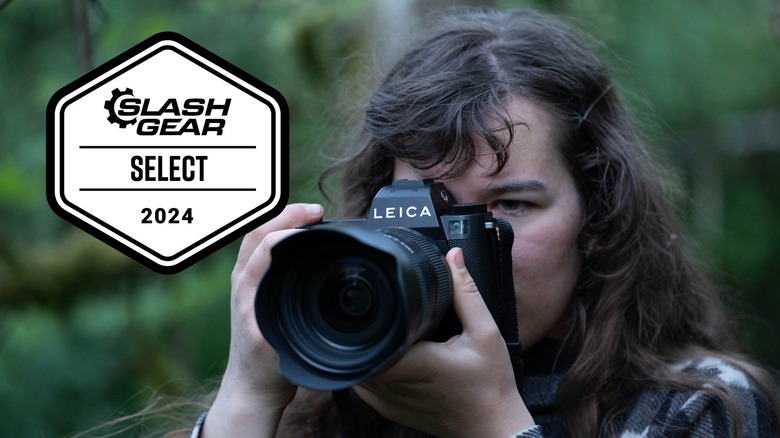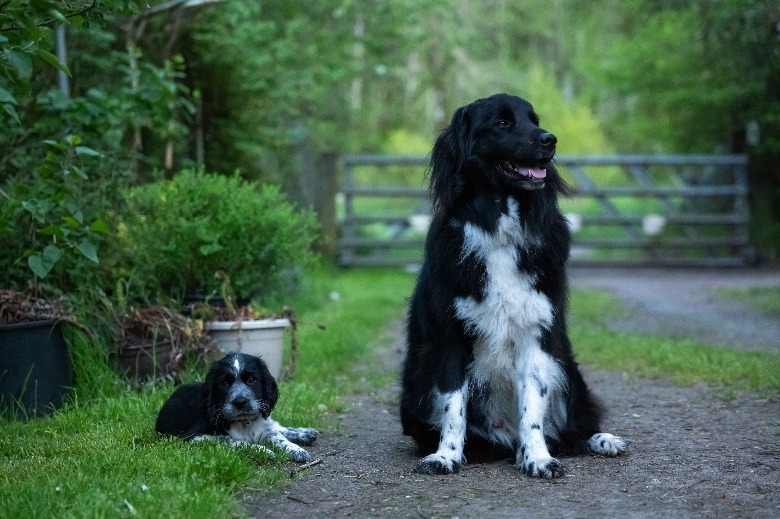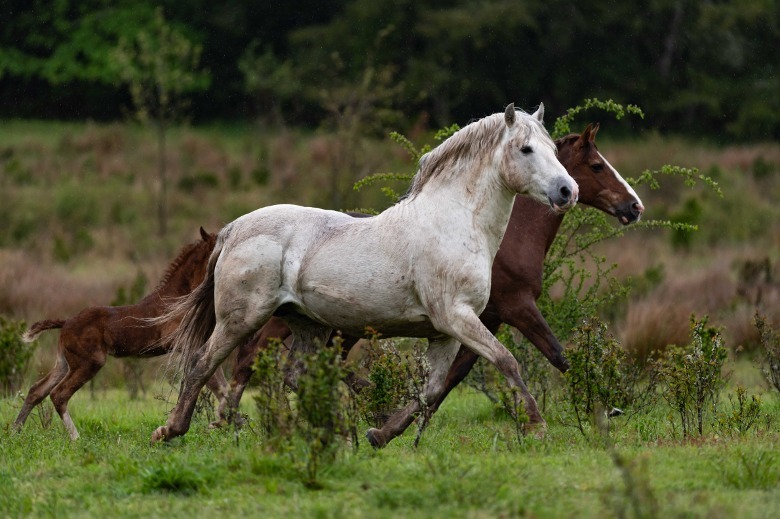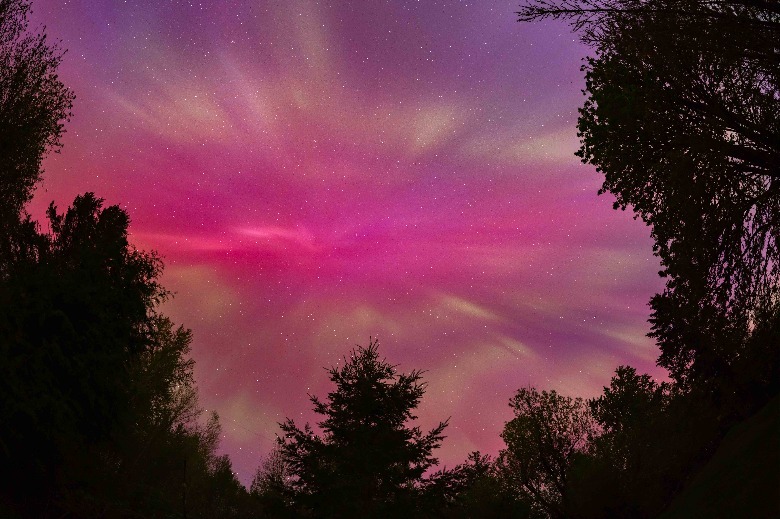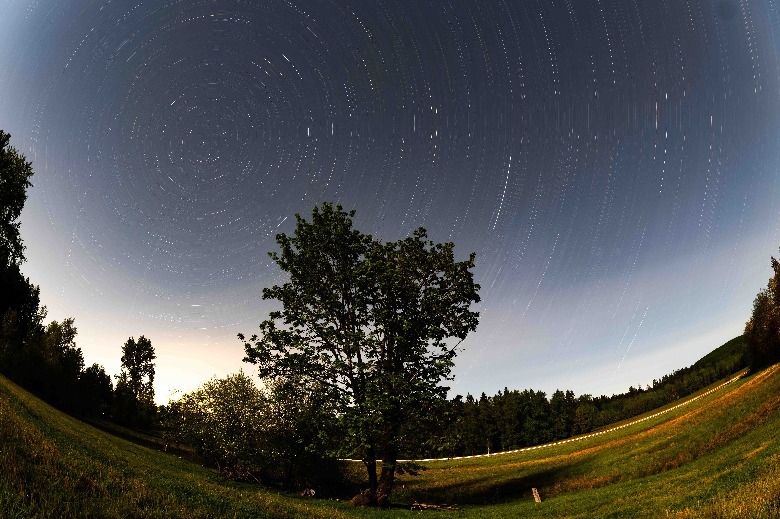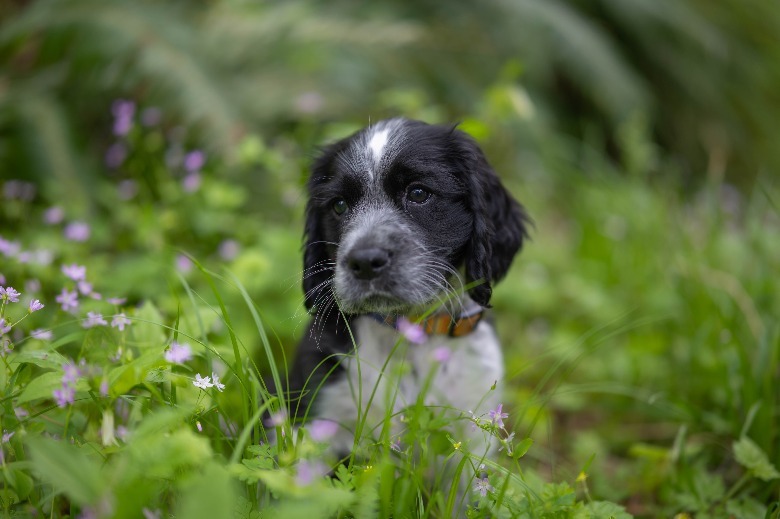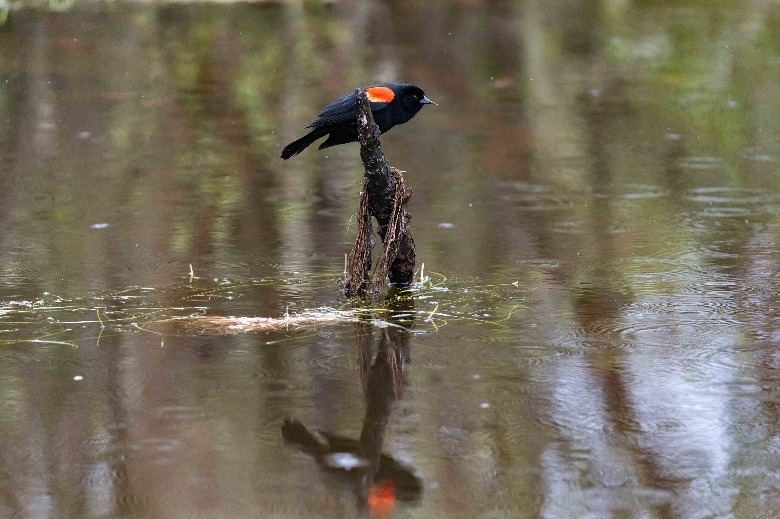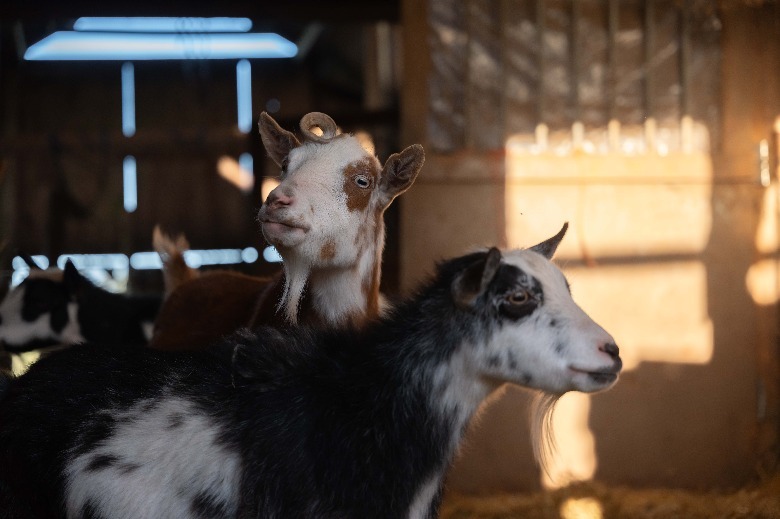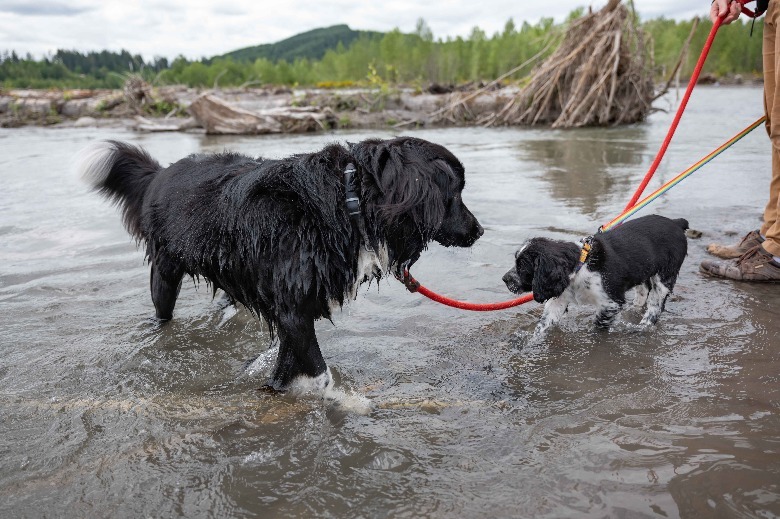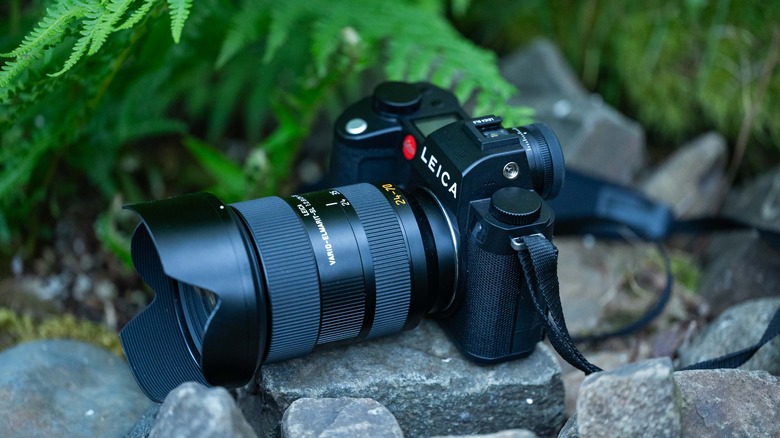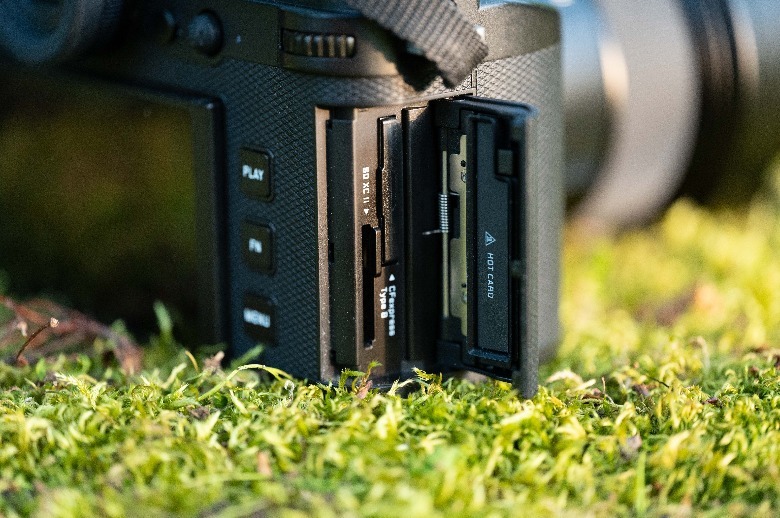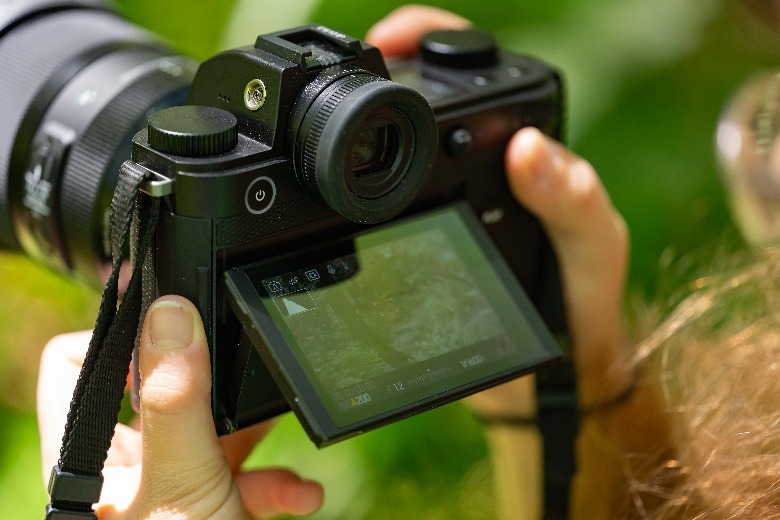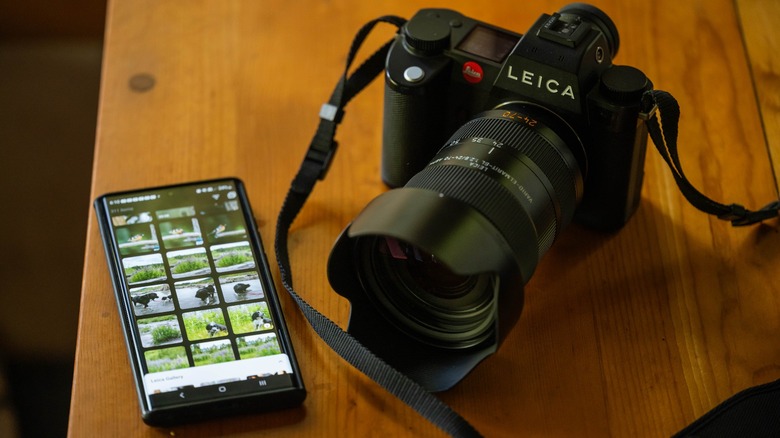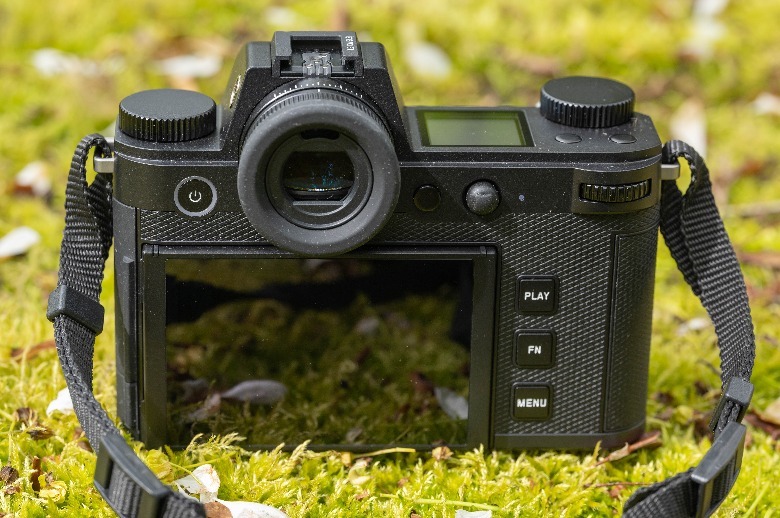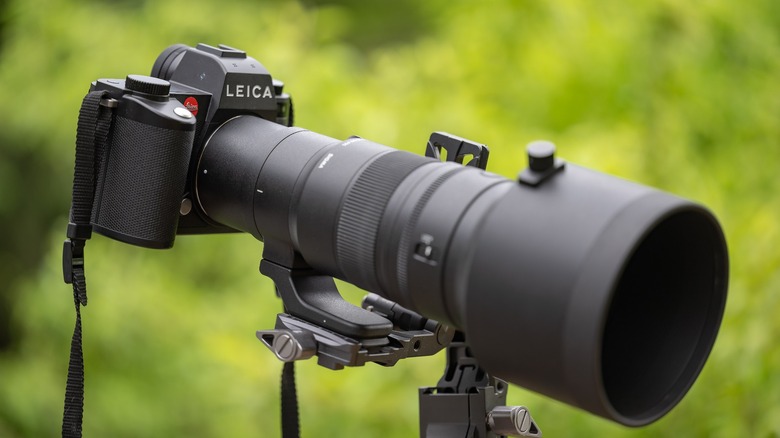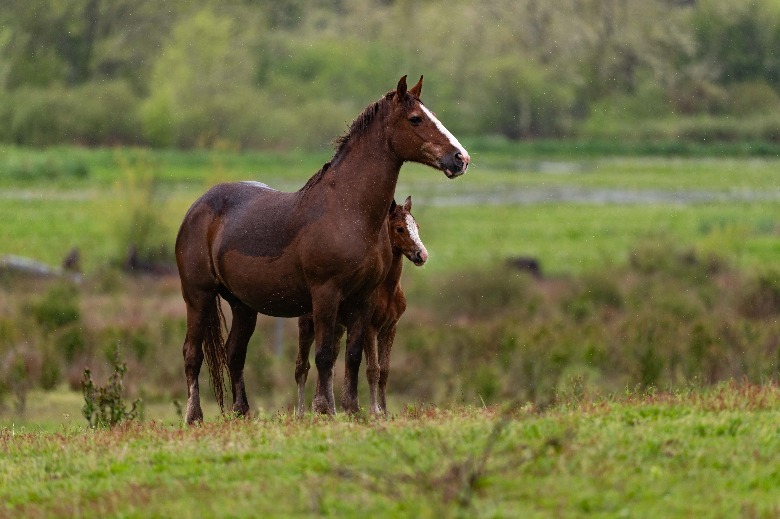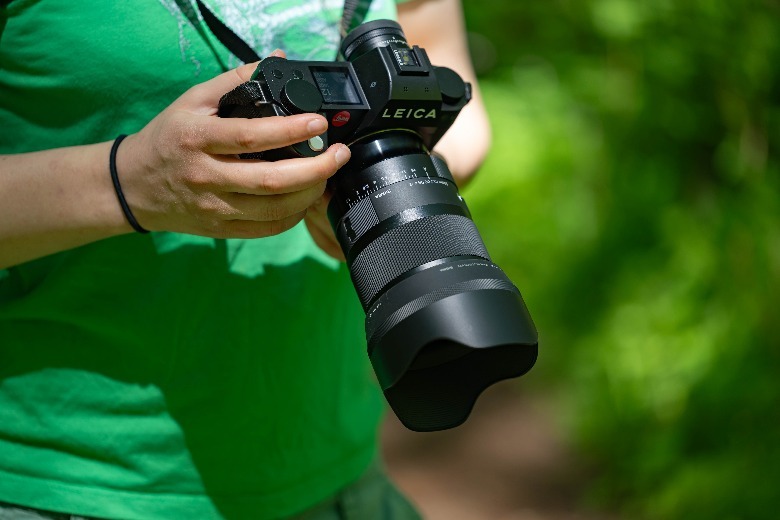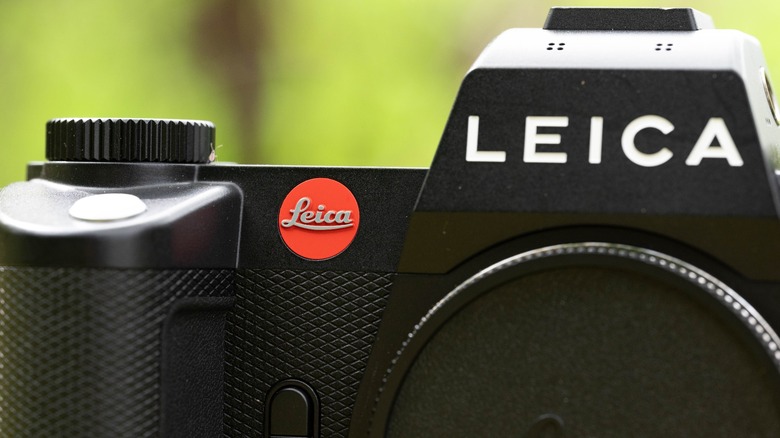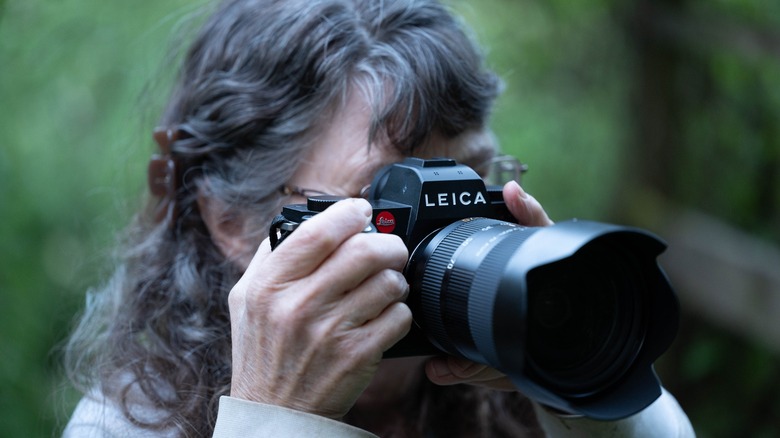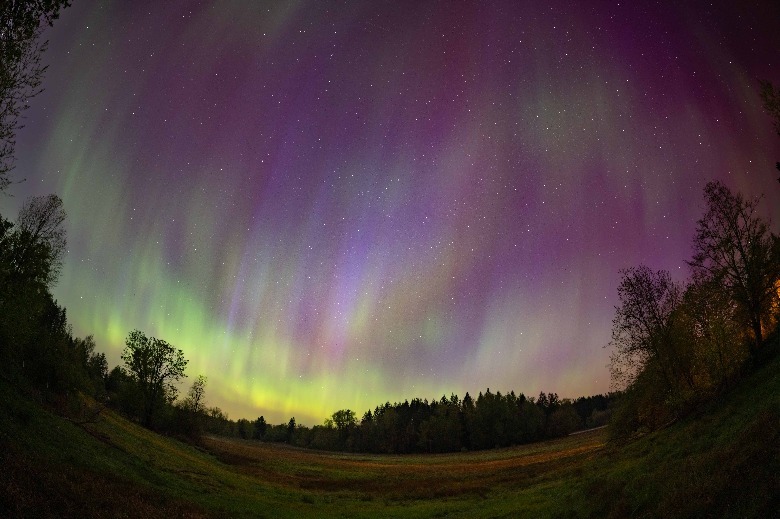Leica SL3 Review: A Flawed Masterpiece
- Extraordinary image quality
- Lots of great lens options on L-mount
- Fantastic build quality
- Rugged and highly water resistant for a full frame camera
- Competent video capabilities
- That Leica cool factor
- User interface took getting used to
- Easy to power on accidentally
- Autofocus lags behind other camera brands
- Images occasionally fail to record
The latest camera to join the L-Mount Alliance, the Leica SL3, is fittingly the most advanced camera to integrate this shared lens mounting system. It's also that rarest of products from the notoriously expensive Leica to bear some semblance of affordability. On paper, the Leica SL3 appears to be both an extremely competent modern camera and an object of luxury and prestige, but is it as good enough in the field to measure up to the high-tech heavyweights from manufacturers such as Nikon, Sony, and Canon?
In addition to a high resolution sensor, the Leica SL3 features IBIS (in-body image stabilization), subject detection autofocus capability, and a particularly durable design, among other attractive qualities. It checks enough boxes to have me seriously considering switching over to the L mount system, which up to now has lacked a camera that includes the diverse range of features I need.
Leica provided a sample of the Leica SL3 and the Leica Vario-Elmarit-SL 24-70mm f/2.8 ASPH lens for this review. Also tested with the camera were several lenses which were provided by Sigma for their own separate reviews.
Hi res sensor delivers gorgeous images
There's no denying that the 60MP full frame sensor of the Leica SL3 delivers amazing images. As you'd expect from so many pixels, the SL3 offers an extraordinary degree of resolution, and this is paired with a particularly gorgeous color science that stands out from other cameras I've tested. Whatever else may be said of this camera, I can't imagine anyone being disappointed with images captured with the SL3.
The sensor in the SL3 offers up to 15 stops of dynamic range, which means you can pull a lot of detail out of highlights and shadows. The utility of this was proved, as even when I under- or over-exposed images I had no difficulty retrieving information from blown out bright areas or crushed dark areas. In order to really lose details in extreme regions of my photos, I would have had to miss the correct exposure by a drastic margin.
Competent video capabilities and remarkably low noise at high ISOs
The extreme low light video I captured may have seemed rather grainy, but it's actually really impressive that I was able to record the Northern Lights with real-time 4K 30fps video capture using the SL3. It was shot at ISO 25600 using both the Sigma 50mm f1.2 DG DN ART and Sigma 15mm F1.4 Fisheye DG DN ART lenses. The ultra-bright optics certainly helped to no small degree, but to record video of such a phenomenon like this is something I've never been able to do before. The brightness and contrast of the footage were boosted in Adobe Premiere. I have left the footage alone other than those minor adjustments, but with a little noise reduction, you could easily reduce the graininess to an acceptable level.
Overall, the Leica SL3 does everything necessary for a competent hybrid photo/video camera. It can shoot 8K video at up to 30fps, 4K at up to 60fps, and 1080p at up to 120fps. You also have the option of shooting in either the standard color profile, HLG or in L-log. L-log offers a very high degree of post-processing potential, and if you need more, the camera can record ProRes 422 HQ, but only at 1080p resolution. RAW video formats in the Nikon Z8 or the Blackmagic Cinema Camera 6K are available at much higher resolutions.
IBIS in the SL3 is effective, if unexceptional, and it's great to have in such a high res camera where camera shake becomes more noticeable if you do some close-up pixel-peeping.
Lurking bugs and mixed autofocus performance are a bummer
Autofocus is a mixed bag with the Leica SL3. On the one hand, it does feature modern subject detection modes and seems to be fairly reliable at finding the faces and eyes of people. In general, the autofocus system of the SL3 is perhaps the best on L mount.
However, the animal detection mode is very definitely in beta as advertised, and it let me down in a few key situations. Particularly frustrating was when I chanced to find a flock of newly hatched Virginia Rail chicks. Here the inconsistency of the animal detection was such that I eventually gave up on it altogether.
To make matters worse, I found that the camera has an alarming tendency to occasionally fail to record images. This happened when I was photographing the Virginia Rails, but for the life of me, I don't know why the images were lost. I never realized the issue till long after I'd snapped the shot, and it only happened a few times during testing. Once I snapped a 15-minute long exposure of the stars over the mountains, and the in-camera noise reduction took 15 minutes to process. With one minute of processing time left to go, it suddenly aborted the process and the photo was gone.
Further exposures (some as long as an hour) went off without a hitch, and in fact the built-in ability to shoot extremely long exposures without using a bulb or timer mode is really nice to have. The camera can shoot continuously at up to 15fps, but only with extremely limited features enabled. If you want the camera to refocus between shots, it'll only go up to 5fps.
This is clearly a camera which would benefit from some serious software development and firmware updates to address autofocus and bring it more in line with what may be found in a camera like the Nikon Z8. The issue with disappearing photos appears to be experienced by other users, and also certainly needs to be addressed.
As tough as it is handsome
The Leica SL3 is a genuine work of art – one that's built to last. This is by far the most solidly constructed camera I've ever used, and you won't find another full frame mirrorless camera that's as rugged. It gets an IP 54 water and dust resistance rating, which means you can safely shoot in conditions where other cameras might not fare so well. The ergonomics are excellent, and the weight of the camera is satisfying without being overly heavy.
The SL3 features HDMI 2.1 Type A, USB 3.1 Gen 1 Type C, 3.5mm headphone and microphone jacks, and hotshoe. Port covers are made of a soft rubbery material, and are the only aspect of the camera the durability of which might be a potential concern down the road. It features both an SD card slot and a CFExpress Type-B slot, so you have multiple options for storage.
The viewfinder is magnificent, being both crisp and clear, and featuring a high refresh rate. The result is a remarkably lifelike picture. The 3.2-inch touchscreen is equally nice, and on top of the camera is a 1.28-inch monochrome LCD which displays key information such as shutter speed, and aperture. The main touchscreen features only basic articulation for high/low angle shooting.
Interface with a learning curve and a buggy app
I initially found myself somewhat lost when interacting with the camera for the first time. The largely unmarked buttons and dials look sleek, but without printed labels, it took some time to familiarize myself with the layout and build the necessary muscle memory. Similarly, accessing and navigating the menus is very different from other brands' systems with which I'm more experienced.
In my first week, getting to grips with the menus, buttons, and dials held me back in my testing of the camera. Between this and learning how to best utilize the camera's autofocus, my first impressions weren't great. However, once I climbed up and over the learning curve by the end of my second week with the camera, everything kind of clicked. The system Leica has devised here is good, but it takes longer to get to grips with as opposed to other camera brands.
The one thing I never grew to appreciate was the power button. It's too easy to accidentally press and power on the camera, and a button just isn't as tactile and satisfying as a switch.
Leica's FOTOS app is decent, being relatively streamlined and easy to use for downloading photos from the camera to your phone. However, while in theory, you can also use it to download Leica Looks color presets to the SL3, every time I tried to do this the connection between the camera and phone failed.
The L-mount advantage
If you purchase a camera from a company like Canon or Nikon, you're limited to the lenses which are compatible with their proprietary mount. This means that to greater and lesser extents, photographers shooting on such proprietary platforms are restricted in their choice of lenses. However, the Leica SL3 uses the L-mount, which is a collaboration between Leica, Sigma, BlackMagic, Panasonic, and several other companies, which gives you more options than other lens mount systems.
This diversity of choice comes with very real advantages for consumers. Not only does it grant you access to a smorgasbord of lenses — it also means that if you ever want to swap to a camera body from a different manufacturer within the L-mount alliance you don't have to deal with swapping out all your lenses as well.
In my testing of the SL3, I was able to utilize several L-mount Sigma lenses which I happened to have on hand at time of testing. I was able to use the Sigma 500mm f5.6 for wildlife photography, the Sigma 50mm f1.2 to shoot photos with lovely out-of-focus backgrounds, and the Sigma 15mm f1.4 Fisheye to capture the full breadth of the Northern Lights filling the sky overhead. The 24-70mm lens Leica provided for testing was certainly a great optic, but it was more satisfying to use a system with such extensive interoperability and see for myself how valuable it can be for creators.
Cheap Leica, or expensive camera?
At $6,995, the Leica SL3 is somewhat difficult to evaluate from a value perspective. On one hand, it's $2000 less expensive than the Leica M11, so by the standards of Leica the SL3 is much more affordable than usual. On the other hand, a Nikon Z8 can be purchased for around the price of the SL3, and the Z8 surpasses the SL3 in key respects such as autofocus, video capabilities, and reliability.
However, we must then figure also that if you're shooting with the SL3 you have native lenses from Sigma available for the system, which are both of stunning pro-level quality, and priced low enough that they help offset the high cost of an SL3 if you intend to buy a lot of glass to go with the camera. The Sigma 50mm f1.2 DG DN ART for example, which I tested alongside the SL3, is as much as $600 cheaper than comparable lenses. With that in mind, if you already intend to buy six or seven lenses, you may be able to come out even compared to other high end camera bodies which are themselves at lower price points.
However, even once you've jumped through all those mental hoops to justify the price, the SL3 is still pricey for what it is. One must ascribe a fairly high value to the brand name itself — to the idea that owning a Leica is a unique experience — to take the sting out of that sticker shock.
Conclusion
The Leica SL3 has a lot to recommend it, as well as a lot to critique. It's a device of extreme highs and lows, where one moment I would be enchanted by the beautiful quality of the photos it produces, or by the solidity of its construction, and the next I wanted to scream in frustration as my photos of goslings paddling in the river mysteriously vanished, or the autofocus happened to go hunting off into the distance when I needed it to stay on target.
In many ways, the Leica SL3 is the L-mount camera I've been waiting for, and it comes the closest to competing with hybrid photo/video cameras like the Nikon Z8. However, while with practice and patience, I could overcome the bugs in its software and irritations of certain elements of its design, the cost of it looms like an insurmountable wall to the mass adoption of this camera by photographers. $6,995 puts the SL3 out of most people's reach, even if it is a relatively cheap way to acquire the prestige associated with the red dot.
All that aside, I found myself wishing I could afford to buy the SL3 by the end of the two weeks I spent testing it. When everything is working smoothly and you've familiarized yourself with its quirks, the SL3 is a wonderful camera to use and the images it produces are gorgeous. In those two weeks with the camera, I captured what might be some of my favorite photos of all time.
Editor's note: The Leica SL3 is listed for sale at B&H Photo for approximately $6,995, but availability remains uncertain. While the camera was announced as "available" in the Spring of 2024, general availability remains a truly mixed bag at publishing time for this review. It is expected (or hoped) that the Leica SL3 will be widely available in the Summer of 2024.
